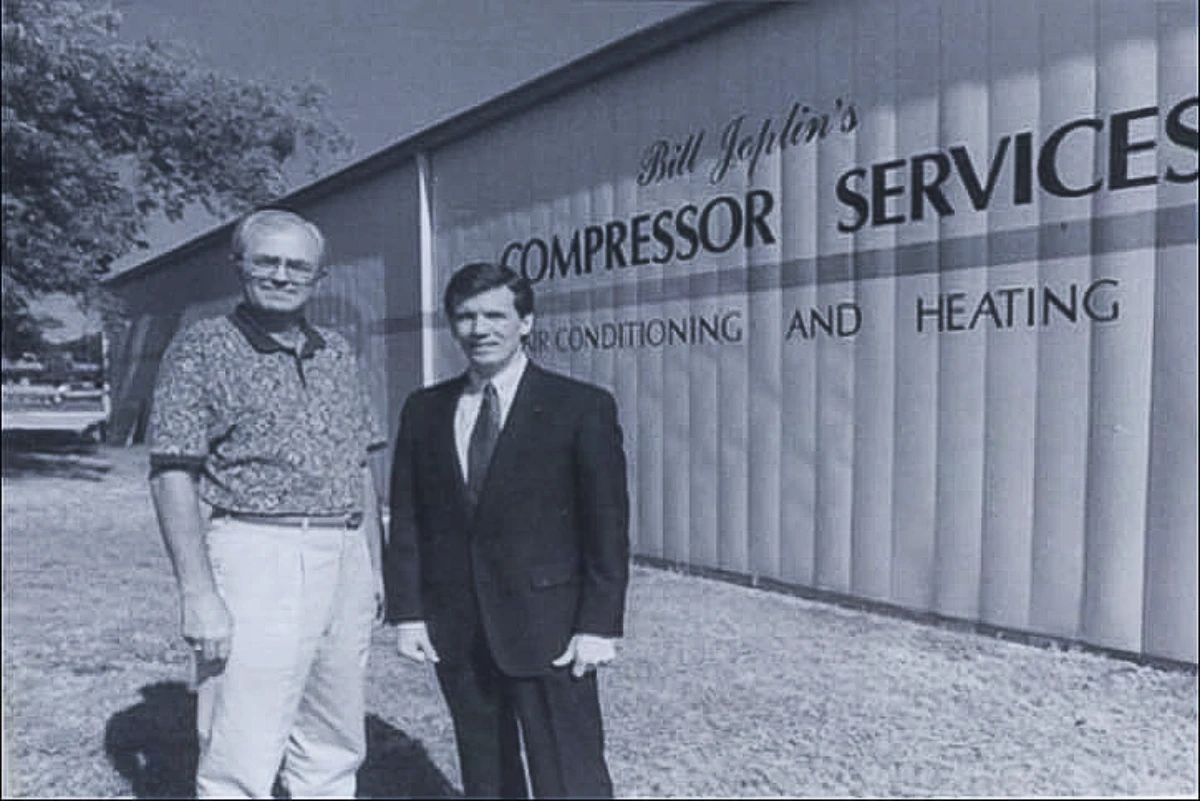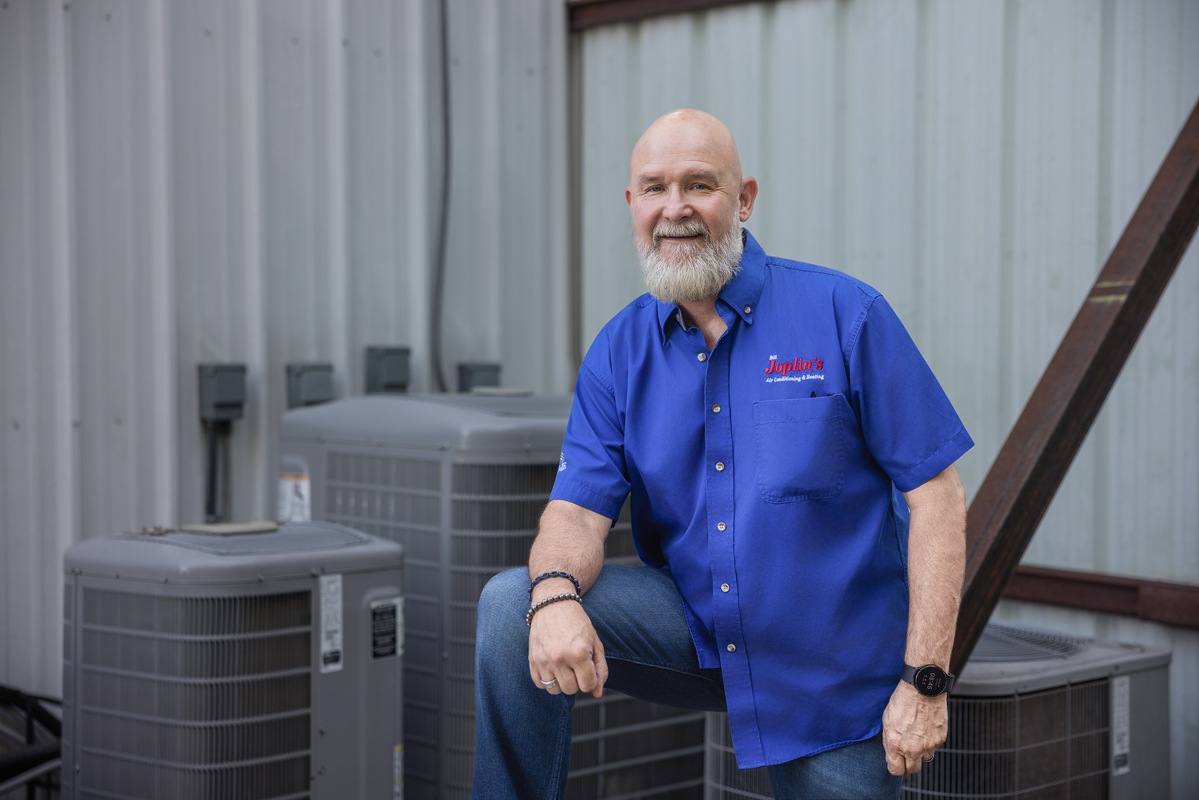DIY projects, interior painting jobs, and even kids’ crafts raise an important question for a Plano, Texas homeowner: is it dangerous to inhale paint fumes? The answer is more complicated than a yes or a no, because of the ingredients in the paint you choose. If you’re worried about inhaling paint fumes, measures like proper ventilation and air purification can help clean your air of toxic chemicals.
What Kinds of Paints Are Worrisome?
Not all paints you use for DIY projects or home interior painting are extremely dangerous to inhale. Because different paints (oil, latex, and solvent-based) contain different materials, and because each manufacturer has a different paint formula, making blanket statements about paints and health hazards is difficult.
However, what you want to watch out for are the Volatile Organic Compounds (VOCs) in paint. VOCs evaporate as the paint is drying; they’re harmful chemicals like formaldehyde that are hazardous to human health when breathed in. The most dangerous time to inhale paint fumes is while the paint dries.
What Solutions Exist?
Wear a mask while you’re painting, and keep your kids away from your projects. Ventilate your home while the paint dries by opening windows, and steer clear of the fresh wet paint when you’re done painting. When shopping for paint, look for latex paints that have low or no VOCs. Latex dries the fastest, so it’ll be wet the shortest amount of time, meaning you have less chance of breathing in fumes.
Consider an ERV (energy recovery ventilator) to add some fresh air to your home, especially the areas you’ve just painted. You can also get a powerful air purifier rated for neutralizing VOCs.
Painting doesn’t have to be a dangerous activity if you use the right supplies and don’t hang around while the paint dries. But your health is important, so you don’t want to take chances. Bill Joplin’s professionals will connect you with the best Carrier air purifiers to neutralize those VOCs that enter your air while you’re painting. Call us today at 888-414-4655.


